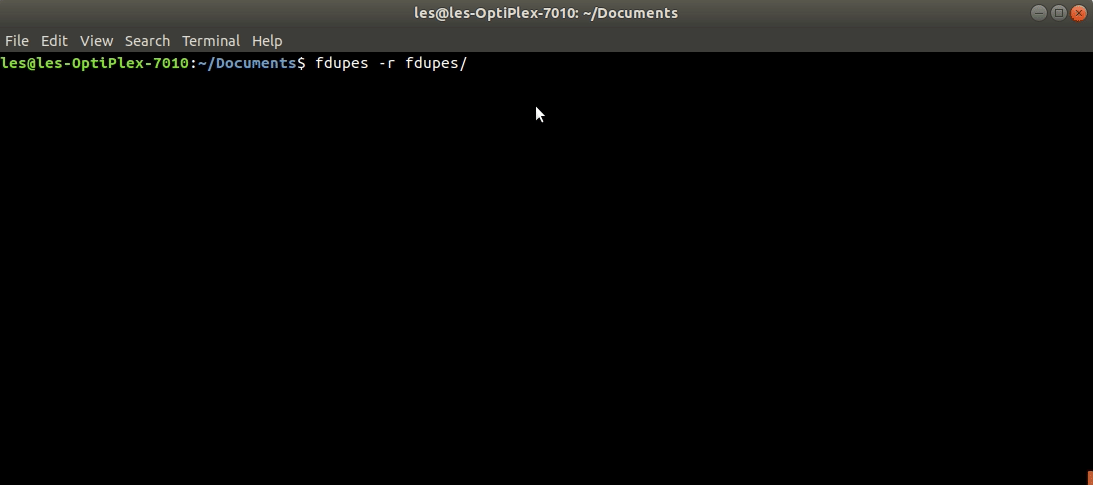

It pays for that with repeated find invocations, thus traversing the directory tree multiple times. Print all members of such runs of duplicates, with distinct runs separated by newlines.Ĭompared to the simpler command suggested by heemayl, this has the benefit that it will only checksum files which have another file of the same size. | uniq -w32 -all-repeated=separateįind lines which agree in their first 32 bytes (the checksum after that comes the file name). Sort by checksums, since uniq only considers consecutive lines. This time we allow passing multiple files to a single invocation of md5sum. | xargs -0 md5sumįor each of these null-separated names, compute the MD5 checksum of said file. Print all the matching file names, separated by null bytes instead of newlines so filenames which contain newlines are treated correctly. This is the command to run for each size: Find files in the current directory which match that size, given in characters ( c) or more precisely bytes. Look for duplicate consecutive rows and keep only those. It finds exact duplicate binaries by hash, similar text files by substring content, images (JPG, BMP, GIF, PNG, etc) by color and audio files (MP3, WAV, OGG, etc) by wave. DuMP3 - duplicate & similar file finder v.1.0 DuMP3 is a duplicate and similar file finder.
#DUPLICATE FILE FINDER LINUX DOWNLOAD#
Sorting in ascending order and comparing as strings not numbers should work just as well, though, so you may drop the -rn flags. Download Duplicate Image File Finder Linux Software.

Sort numerically ( -n), in reverse order ( -r). But it also includes some advanced duplicate detection options, like MP3 tag and JPEG. If you drop these arguments, it will print paths instead, breaking subsequent steps. Easy Duplicate Finder ( Figure C) lives up to its name, being easy to use indeed. find -not -empty -type fįind all non-empty files in the current directory or any of its subdirectories. It will just print a list of duplicate files you’re on. This command won’t actually delete anything. So, if you wanted to run the entire fslint scan on a single directory, here are the commands you’d run on Ubuntu: cd /usr/share/fslint/fslint./fslint /path/to/directory. mp3), and then sort on file name this will allow to delete duplicates. On Ubuntu, you’ll find them under /usr/share/fslint/fslint. In case you want to understand the original command, let's go though that step by step. for Ubuntu, another way is to open Files, search (control-f) for a given extension (eg.


 0 kommentar(er)
0 kommentar(er)
